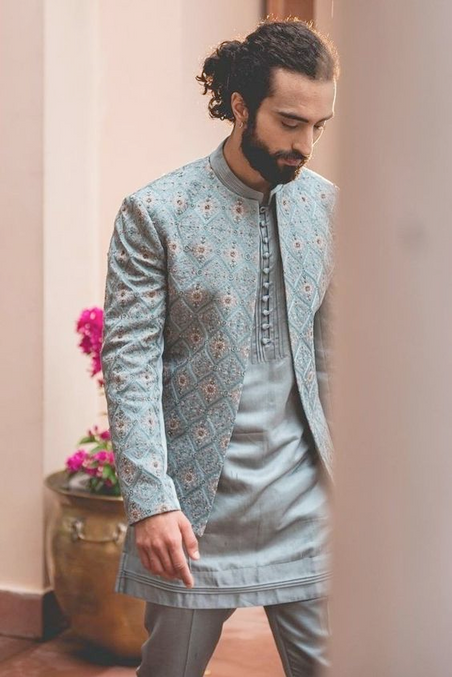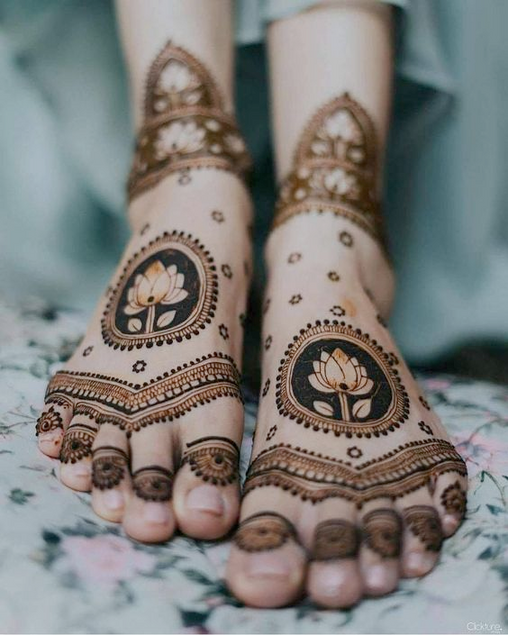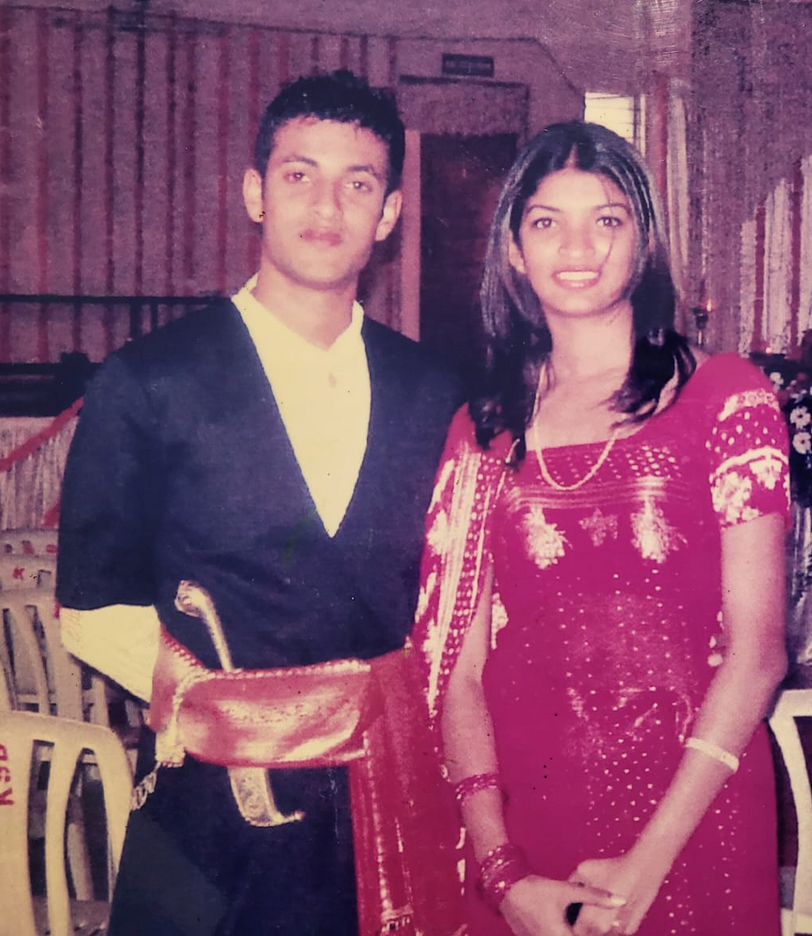we're getting married
Clousso Associates Law
31.01.23 - 04.02.23


It's important to speak up and be heard.
We hope to empower you by delivering the expert legal care your family needs.

the details
Venue: the IbniI - Coorg, india
TUESday 31 JANUARy - SATURDAY 4 FEBRUARY 2023
Tuesday 31st
6am - bus departs from novotel hotel at 6am
12pm - arrive & check in @ibnni
3pm - Mehendi (Henna Party)
Wednesday 1st
9am - Bhuta Shuddi Vivaha
4PM - Blessing
7PM - reception
Thursday 2nd
relax by the pool all day!!!
Friday 3rd
9am - muhurtham
Saturday 4th
check out by 11am- onwards to Udupi & South Goa

More Details...
what to wear
While we will share some inspiration for what you could wear, there is no necessity to wear anything other than what makes you feel your best. Ballgowns, Winnie the Pooh costumes, pjs, tuxes, speedos and cocktail dresses are all welcome.
For those wanting to wear Indian and wanting to purchase something when you get to Bangalore - please let me know so we can plan in advance. There are SO many ready made options although if you want to wear a saree then a little more planning is required.











mehendi
"Henna has reportedly been used for body art for at least 5,000 years and has a long history of migration and cultural interaction. Some scholars claim that the earliest documentation of henna uses is found in ancient Indian texts and images, indicating that mehandi as an art form may have originated in ancient India. Others claim that the practice of decorating the body with henna was brought to India by the Mughals in the twelfth century, centuries after it had been in use in the Middle East and North Africa. But according to New-York based mehandi artist Sharmin Samantha, the earliest signs of henna application appear in Egyptians mummies, whose hair and nails were stained with the reddish-brown tones of henna.
Traditionally, the mehandi night is meant to be organised before the big day to keep the bride's stress level under control. The mehandi paste is applied to the hands and feet, which house the nerve endings in the body, to help calm the bride's nerves. While having the elaborate designs etched on to the limbs ensures that the bride has to switch off from her gadgets and just be in the moment today, originally, it signified her confinement to her home until the wedding. Of course, this can be dismissed as a superstition, but the idea behind the custom was to keep the bride-to-be safe and rested before her big day. Mehandi is also a part of the solah shringar (16 steps) recommended by ancient texts to get the bride ready for her new life. Not only is it considered to bring luck, joy and beauty, its scent also said to have aphrodisiac properties."
- Vogue India



- Very chilled event set up by the Pool with music and light snacks after a heavy lunch
- Wear - light and bright colors - Indian or Western
- Mehendi artists will be available for about 15 - 20 mins per person
bhuta shuddi vivaha
“There is certain beauty in two lives trying to merge into one. To think beyond yourself, to feel beyond yourself, to accommodate another is also a stepping stone for the ultimate union. Vivaha is a certain form of consecration for marriages. This is a very ancient form, its origin is in the yogic system, where the fundamental process is Bhuta Shuddhi, which means having knowledge
and mastery over the magic of the five elements. The whole system of yoga is focused on this. In this Bhuta Shuddhi we want them to achieve a union beyond thought, companionship, emotion, body, on an elemental level.”
- Sadhguru

- The nature of Vivaha is such that the benefit is not only for the bride and the groom, but for everyone who witnesses and engages in it. To receive as much as possible from this ceremony, participants are invited to attend with an empty stomach and to not consume any intoxicants for a minimum of 12 hours prior. These are just suggestions but the choice is always yours. Light breakfast of toast, fruits, tea/coffee will be made available in case you can't wait for Brunch.
- Wear - light and bright Indian
- Ceremony will take about 45 mins and you will be invited to make offerings and take blessings
- Brunch will be served immediately after
- After the Vivaha, eveyone is invited to plant a sapling as an offering of gratitude to the Kodava Lands
blessing & reception
- Crafted and guided by my dear Ritual Community sister Charlotte, this will be sweet honouring of our commitment to one another and to the greater web of life.
- Wear - Indian or Western
- Ceremony will take about 45 mins followed by a sneaky glass of bubbles, photos and short break before reception at 7pm
- Reception will be scattered with a few perfomances (if you havent already put your hand up - please feel free) and LOTS of dancing and good times.
- To try and limit disturbing natures sleep...we will close off the reception by 11pm and move to the bar and groove the rest of the night away to some new disco/funk vibes.

balekette
&
dampathi muhurtham

- Kodagu, more commonly known as 'Coorg', is the birthplace of the almighty River Kaveri and forms part of the Western Ghats which today remains one of the most biodiverse places on Earth. With a deep rooted culture in family, food and nature worship - Kodagu is also the native lands of Rohans family.
- The rituals start with the Balekette Ceremony (Banana Stem Cutting).
- After Balekette, prayers are offered to ancestors at the sacred lamp with the small ceremony guided by elders whose blessings are thereafter sought.
- All of this will be followed by a traditional band graciously organsied by Nikki Ponappa, our dear friend and custodian of Kodava lands and culture. Lots of drinking and dancing to follow
- Wear - Indian. Those who wore a saree for the Vivaha could again wear the saree although at this function they can drape it in the tradtional Kodava style.
- The first photo below is Rohan's parents on their wedding day and the next photo is Rohan's mum wearing the tradtional Kodava saree



-
jadeandrohan2023@GMAIL.COM
can't wait to celebrate
